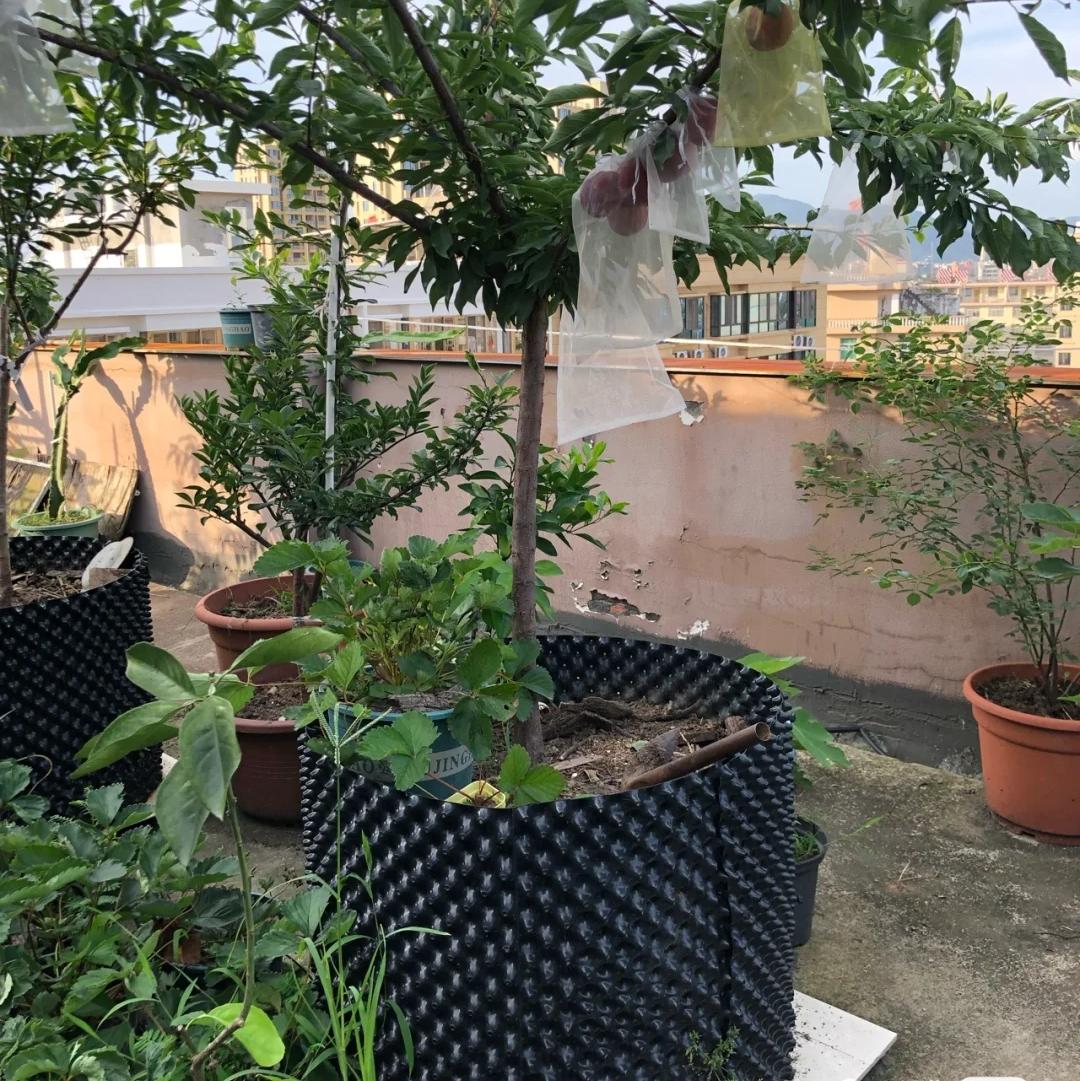Dear Master Gardener: I would like to grow plants in a used to grow plant. Should I put rocks in the bottom first, then soil, then plants?
Answer: Terrariums are easy to put together and very low maintenance. They were very popular in the 1970s and have made a resurgence in popularity. When properly planted and located, they provide a novel way to grow plants with minimal care. U Fence Staples

The invention of the terrarium is credited to Dr. Nathaniel B. Ward, a 19th century London physician and plant enthusiast. While studying a sphinx moth emerging from a chrysalis he had buried in moist soil in a closed bottle, he was surprised to find a seedling fern and some grass growing inside. He watched them grow for four years, never adding a drop of water or removing the cover. This discovery led him to create a container in which to grow plants and it became known as the Wardian case. These cases were then used to transport plants internationally and keep them alive. Terrariums today are small ornamental versions of the Wardian case.
To put your terrarium together follow these steps:
Dear Master Gardener: I noticed that the bark of the honey locust tree I planted last year has been chewed by an animal. At least 8 inches of bark all around the tree has been eaten. Should I put a tree guard on it to protect it?
Answer: It’s probably too late. Rabbits feed on the tissue between the bark and the wood. If they remove the tissue down to the wood and go completely around the tree’s trunk, the tree is girdled. Girdling destroys the tree as it disrupts the downward flow of food from the tree’s foliage to the root system. It’s important to take steps in the fall to prevent rabbits, mice and voles from severely damaging trees over the winter. Trees that are often damaged by rabbits in winter include apple, crabapple, pear, honey locust, serviceberry, burning bush and roses.
According to Iowa State University, “The most effective way to prevent rabbit damage to trees and shrubs in the home landscape is to place chicken wire or hardware cloth fencing around vulnerable plants. To adequately protect plants, the fencing material needs to be high enough that rabbits won’t be able to climb or reach over the fence after a heavy snow. In most cases, a fence that stands 24 to 36 inches tall should be sufficient. To prevent rabbits from crawling underneath the fencing, pin the fencing to the soil with U-shaped anchor pins. Small trees can also be protected by placing white corrugated or spiral tree guards around their trunks. After a heavy snow, check protected plants to make sure rabbits aren’t able to reach or climb over the fencing or tree guards. If necessary, remove some of the snow to keep rabbits from reaching the trees or shrubs.”
Dear Readers: We’ve had a very, very dry fall in Crow Wing County. If you got rain this week, that’s great news, but it probably wasn’t enough. We’ve had enough frost that most plants have long ago quit growing and most have lost their leaves. But plant roots keep growing until the ground around them freezes solid. Until that happens, usually sometime after Thanksgiving in Zone 3b, the roots need adequate water to keep them plump and healthy. Because of our drought, many perennials and other shallow-rooted plants are already struggling. Anything planted this summer doesn’t have a very extensive root system established yet. If the roots dry out, they won’t be able to supply any stored nutrients needed to get the plant growing again next spring. This applies to everything from hostas and mums to shrubs, trees and even evergreens. So, protect your investments and drag the hoses back out and really soak all your landscape plantings. You’ll be a lot happier next spring to see little green buds rather than a bunch of crispy twigs and brown needles.
You may get your garden questions answered by calling the Master Gardener Help Line at 218-824-1068 and leaving a message. A Master Gardener will return your call. Or, emailing me at umnmastergardener@gmail.com and I will answer you in the column if space allows.
University of Minnesota Extension Master Gardeners are trained and certified volunteers for the University of Minnesota Extension. Information given in this column is based on university research.
You may get your garden questions answered by calling the new Master Gardener Help Line at 218-824-1068 and leaving a message. A Master Gardener will return your call. Or, emailing me at umnmastergardener@gmail.com and I will answer you in the column if space allows.

Plant Rooting Ball Grafting University of Minnesota Extension Master Gardeners are trained and certified volunteers for the University of Minnesota Extension. Information given in this column is based on university research.